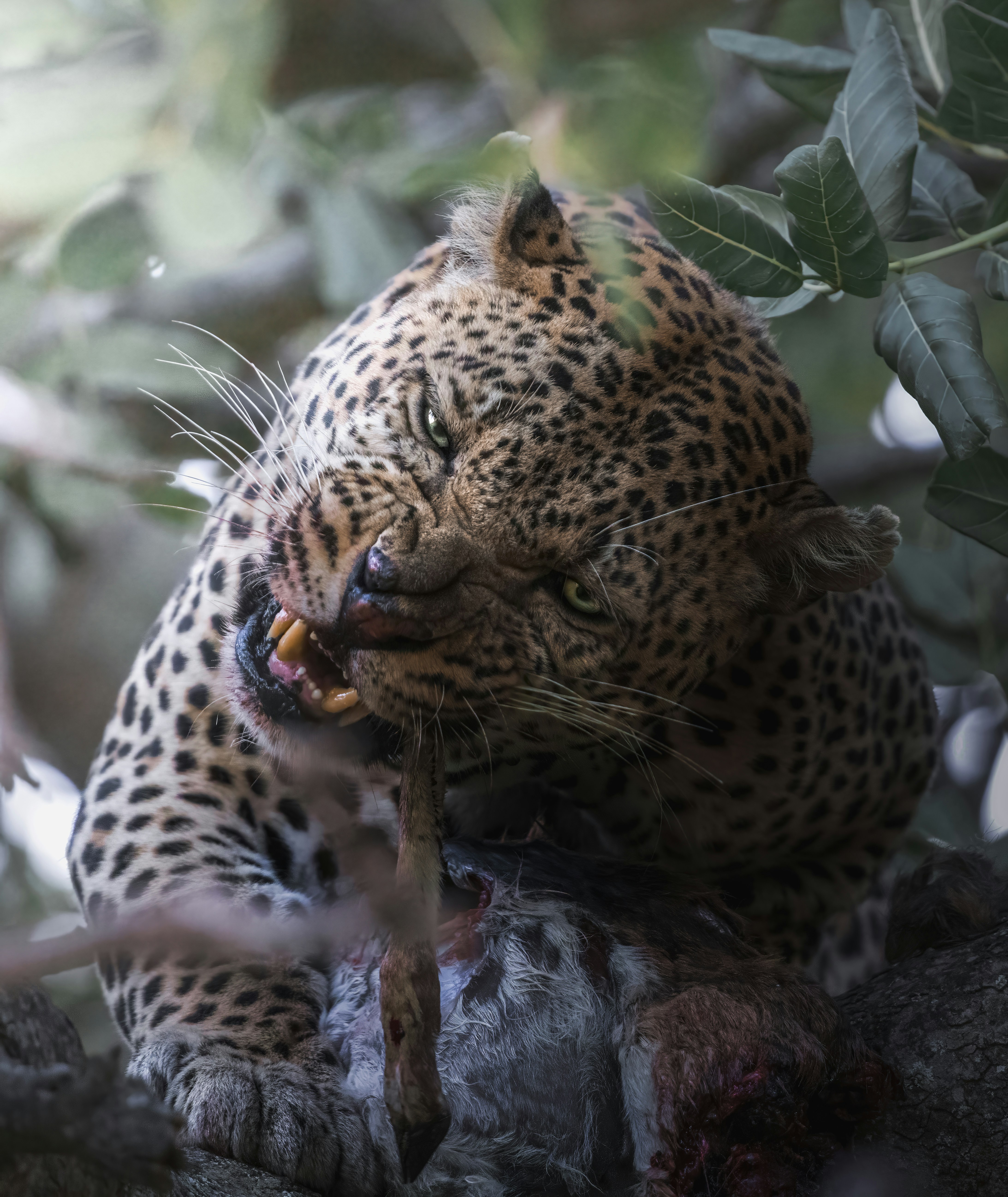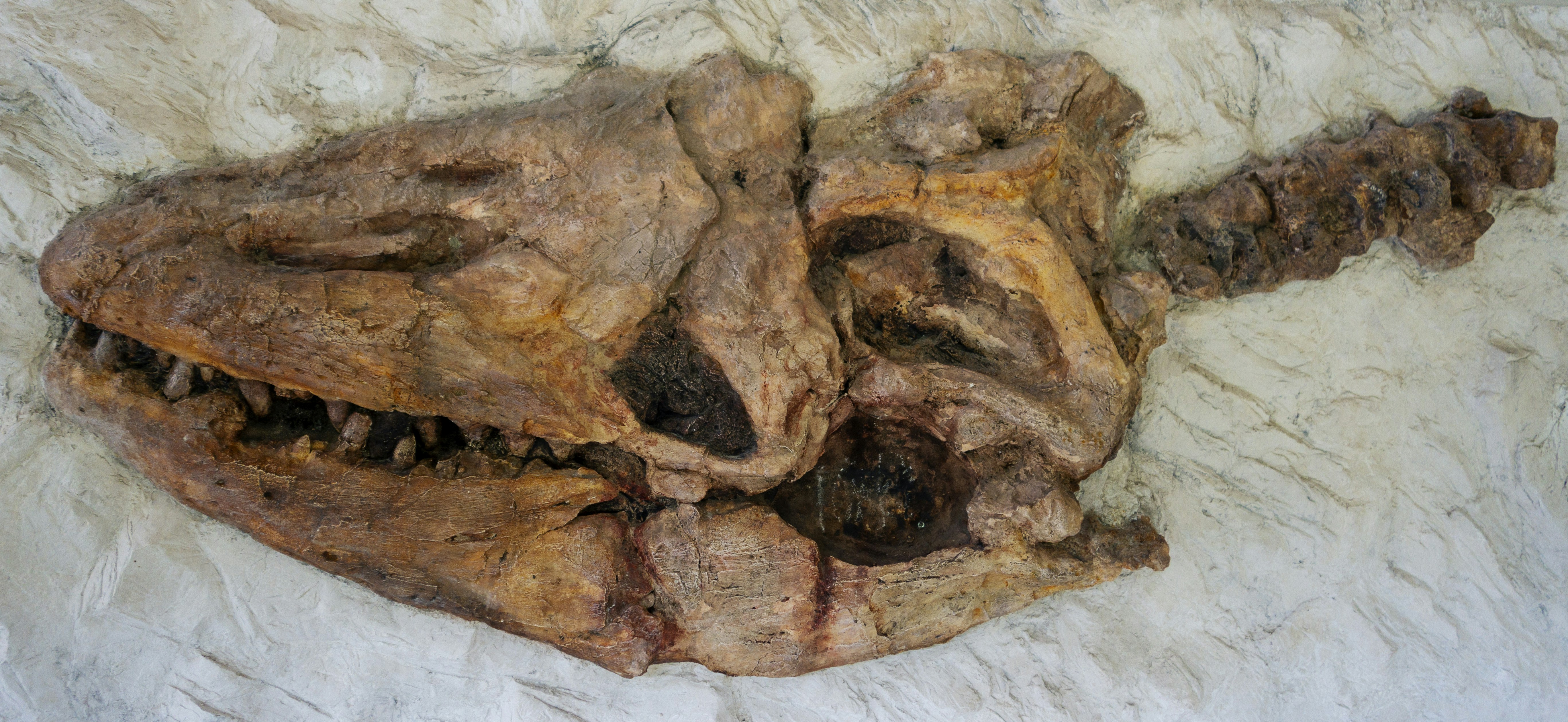
Introduction to the Primal Brain
The concept of the inner animal brain, often referred to as the primal brain, stems from our evolutionary heritage. This brain structure is inherent within us, a legacy passed down through millions of years of human development. At its core, the inner animal brain encompasses two critical components: the reptilian brain and the limbic system. These structures highlight our instinctual reactions, which have been crucial for survival throughout human history.
The reptilian brain, the oldest part of our brain, governs fundamental survival instincts. It is responsible for basic bodily functions, such as heart rate and breathing, and governs actions related to aggression, dominance, territoriality, and survival instincts. This primal element of our brain is often reactive, triggering responses that can be observed in moments of threat or fear. It is this instinctual drive that often surfaces during high-stress situations, illustrating how deeply embedded these reactions are within our daily lives.
In addition to the reptilian brain, the limbic system plays a significant role in influencing our emotions and behaviors. This part of the brain is essential for processing emotional experiences and strong attachments, which are vital for social bonding and communication. The interplay between these two components of the inner animal brain contributes to a complex web of human behavior, where primitive instincts can dictate reactions, often overriding rational thought. Understanding these foundational elements not only sheds light on our emotional and instinctual responses but also illustrates how closely our daily actions are tied to our primal origins.
As we explore the implications of these ancient designs, we will come to appreciate how the inner animal brain shapes not only our immediate reactions but also our long-term behavioral patterns in a modern context.
Understanding Primitive Instincts
Primitive instincts play a crucial role in shaping human behavior, influencing both our actions and emotional responses. Among these, the fight or flight response stands as one of the most vital mechanisms that enabled early humans to respond effectively to threats. When faced with danger, our bodies instinctively prepare for either confrontation or escape. This instantaneous reaction, which triggers an increase in heart rate and heightened awareness, showcases how deeply embedded these primal responses are within our neurological framework.
Another significant primitive instinct is the survival instinct, which encompasses behaviors aimed at preserving life. These instincts drive individuals to seek food, shelter, and protection from threats. In ancient times, the survival instinct was essential for foraging and hunting, ensuring that individuals and their kin could sustain themselves in harsh environments. While today’s world has evolved substantially, individuals often find themselves in situations that trigger these ingrained responses. For example, feelings of anxiety or urgency may result from perceived threats, even in non-life-threatening situations, such as deadlines at work or social pressures.
Social bonding also emerges as a fundamental primitive instinct, influencing how individuals connect with one another. Early human societies relied heavily on cooperation and collaboration for survival, fostering strong social ties to enhance mutual survival prospects. This instinct manifests in modern life through the formation of friendships, family bonds, and communities. The desire for connection and the instinct to communicate effectively remain deeply rooted in our nature. Understanding these primitive instincts allows individuals to better navigate their emotional landscape, recognizing how their past influences current behaviors. They serve as a reminder of our evolutionary history and continue to shape our interactions and reactions in everyday life.
The Neuroscience Behind Instinctual Responses
The human brain is a complex organ structured into various regions, each playing a distinct role in processing information and regulating behavior. Among these regions, the amygdala and the hypothalamus are critical for understanding instinctual responses. The amygdala, often associated with emotions, is integral in the processing of fear and pleasure. When an individual is confronted with a perceived threat, the amygdala activates a series of physiological responses that prepare the body for a quick reaction, commonly known as the “fight or flight” response. This is an ancient survival mechanism that enforces immediate behavioral changes to enhance the chances of survival.
The hypothalamus, located just below the thalamus, serves several essential functions in maintaining homeostasis within the body. It regulates vital processes such as hunger, thirst, temperature, and circadian rhythms. Importantly, the hypothalamus also influences the body’s response to stress by releasing hormones that signal the adrenal glands to produce adrenaline and cortisol, further contributing to instinctual reactions. Together, the amygdala and hypothalamus form a crucial circuit that processes stimuli and dictates the subsequent behavioral response.
<punderstanding actions.Everyday Reactions Driven by Primitive Instincts
Throughout our daily lives, we encounter numerous situations where our primitive instincts come to the forefront, often influencing our reactions in ways we might not consciously recognize. These instincts, deeply embedded within our brain, play a crucial role during stressful situations, social interactions, and decision-making processes. Understanding these instincts can aid in reshaping our responses and enhance our overall interactions.
Consider, for instance, a typical office environment where a tight deadline is looming. Under stress, many individuals might experience a fight-or-flight response, a fundamental reaction that stems from our early ancestors who were faced with immediate threats. This instinct can manifest as heightened anxiety or irritability, affecting our communication with colleagues and overall productivity. Recognizing this response allows individuals to implement stress-reduction techniques, such as deep breathing or short breaks, ultimately transforming a potentially chaotic workplace experience into a more manageable one.
Social interactions also reveal the influence of primitive instincts. When meeting new people, many rely on instinctual cues, such as body language or facial expressions, to determine trustworthiness. These instincts are rooted in our evolutionary past, where quick judgments could mean the difference between safety and danger. By being aware of these instincts, one can engage more thoughtfully in social settings, promoting deeper connections rather than relying solely on gut feelings.
In decision-making scenarios, the primitive parts of our brain may lead us to favor options that invoke immediate gratification or align with past experiences. This instinctive behavior can be a double-edged sword. While rapid decisions can be beneficial in certain contexts, they can also prevent thorough consideration of long-term consequences. By cultivating mindfulness and taking a moment to reflect before making choices, individuals have the opportunity to override these instincts and make more informed decisions.
Ultimately, being aware of our primitive instincts enables us to reflect on our reactions and adjust them accordingly. By understanding how these instincts shape our everyday experiences, we can better navigate stressful situations, foster positive social interactions, and enhance our decision-making processes.
Modern Implications of Our Primal Brain
The human brain has evolved over millennia, yet many of our daily reactions and behaviors can often be traced back to primitive instincts inherited from our ancestors. These instincts were crucial for survival in a much different environment, but in the context of contemporary life, they can sometimes lead to stress, anxiety, and maladaptive behaviors. For example, the fight-or-flight response, a primal reaction to perceived threats, can be triggered in modern scenarios that do not warrant such heightened levels of stress, such as work-related pressures or social interactions.
In the workplace, innate instincts can shape how we respond to authority, competition, and collaboration. Many individuals may experience conflict between their primal urge to dominate or assert themselves and the communal nature required for teamwork. This struggle can lead to workplace anxiety, impacting productivity and interpersonal relationships. Similarly, our evolutionary predispositions influence how we maintain relationships. Attachment styles, often rooted in early survival needs, dictate how individuals form and nurture connections, potentially leading to misunderstandings or conflicts in modern partnerships.
Moreover, societal norms often clash with our primitive impulses. For instance, the instinct to prioritize immediate gratification can lead individuals to engage in unhealthy behaviors, such as poor eating habits or impulsive spending. The balance between fulfilling these primal needs and adhering to societal expectations presents an ongoing challenge. Failing to address these conflicts can result in chronic stress and mental health issues, as the internal struggle between instinct and obligation creates a fertile ground for anxiety.
Understanding how these primitive instincts manifest in our modern lives is crucial for developing coping strategies. By recognizing these influences, we can take steps to mitigate their negative effects, improving our overall well-being and promoting healthier relationships.
Recognizing and Managing Instinctual Responses
Recognizing and managing instinctual responses is crucial for better emotional health and interpersonal relationships. Primitive instincts often manifest as immediate reactions to various stimuli, influenced by our evolutionary past. These responses can range from fight-or-flight reactions to social bonding and territorial behaviors. By raising awareness about these instinctual tendencies, individuals can take actionable steps to regulate their behavior effectively.
One effective technique for recognizing these inner reactions is mindfulness. Mindfulness involves bringing one’s attention to the present moment without judgment. Through practices such as meditation or focused breathing, individuals can learn to observe their thoughts and feelings without becoming overwhelmed. This heightened state of awareness allows a person to identify when a primitive instinct is triggered, providing an opportunity to respond more thoughtfully rather than reactively.
Emotional regulation is another key aspect of managing instinctual responses. This involves recognizing one’s emotional state and employing strategies to cope with intense feelings. Techniques such as journaling, deep breathing, or engaging in physical activity can help dissipate emotional intensity and provide clarity, enabling a more measured response. Understanding the biological basis behind certain feelings, such as anxiety or aggression, allows for better control over these responses, leading to healthier interactions.
Additionally, cognitive-behavioral strategies can further mitigate instinctual reactions. Such strategies include changing unhelpful thought patterns and challenging assumptions that may contribute to heightened responses. By understanding the connection between thoughts, feelings, and behaviors, individuals can reshape their responses to align more closely with their values and social contexts.
By implementing these strategies, individuals can cultivate a greater sense of awareness and mastery over their instinctual responses, fostering a more balanced and deliberate approach to daily situations.
The Role of Environment in Shaping Responses
Understanding the intricate relationship between the environment and our primal instincts is vital to deciphering human behavior. While much of our daily reactions can be attributed to inherent biological responses, environmental factors play an equally significant role in triggering these instincts. From cultural backgrounds to social interactions, the environment we inhabit profoundly influences how we react to various stimuli.
Cultural environments shape our responses by establishing norms and values that dictate acceptable behavior. For instance, societies that prioritize community cooperation may elicit more collaborative responses in their members, whereas cultures that emphasize individualism may foster competitive instincts. Such cultural nuances extend to communication styles, decision-making processes, and conflict resolution strategies, ultimately influencing an individual’s instinctual behaviors in numerous contexts.
Moreover, social environments, including peer groups and familial structures, act as crucial catalysts for instinctual responses. An individual surrounded by supportive relationships may exhibit a greater degree of emotional resilience, utilizing social bonds to manage stress and anxiety. Conversely, an environment characterized by negativity or isolation can trigger survival instincts rooted in fear, leading to withdrawal or aggression. This highlights the adaptability of human behavior, demonstrating that our primitive instincts are not static but rather shaped by ongoing interpersonal dynamics.
Personal experiences further customize the way individuals respond to their environment. Past traumas, victories, and failures come to form a lens through which one interprets current situations, triggering instinctual responses that range from fight-or-flight mechanics to social engagement. As a result, the convergence of cultural, social, and personal factors creates a complex web that significantly impacts our daily reactions.
In conclusion, the environment we interact with undeniably molds our responses, revealing that while primitive instincts are integral to our nature, they are dynamically influenced by the world around us. This knowledge can help in fostering more empathetic interactions and understanding in our daily lives.
Harnessing the Power of Your Inner Animal Brain
Understanding and harnessing the power of your inner animal brain can have a profound impact on personal growth and development. Our primitive instincts, which once served essential survival functions, still play a crucial role in how we navigate modern life. By tapping into these instincts, individuals can discover new avenues for creativity, sharpen their decision-making skills, and improve their interpersonal relationships.
One way to unlock the potential of your inner animal brain is through mindfulness practices that cultivate self-awareness. By engaging in mindfulness activities such as meditation or reflective journaling, individuals can learn to recognize instinctive reactions and behaviors. This heightened awareness allows for a deeper understanding of one’s emotional triggers and motivations, ultimately fostering personal growth. Recognizing how emotions influence decision-making can lead to more considered choices, enhanced by the insight gained from our primal instincts.
Furthermore, tapping into your creative instincts can foster innovation and problem-solving abilities. The inner animal brain is closely linked to raw, instinctive creativity, often unencumbered by societal norms and expectations. Engaging in activities that promote free thinking, such as brainstorming sessions or artistic pursuits, can activate these primal pathways, leading to original ideas and solutions that might not emerge in a more structured environment.
Improving interpersonal relationships also hinges on recognizing the instinctual behaviors that shape our interactions with others. Understanding these primal instincts enables individuals to empathize with others’ reactions and responses. This empathetic connection can enhance communication skills and foster more meaningful relationships, as you approach interactions with a greater awareness of both your own instincts and those of others.
Incorporating techniques to harness the inner animal brain contributes tremendously to personal business and interpersonal development, enabling individuals to navigate challenges with resilience and creativity.
Conclusion: Embracing Our Primal Heritage
In exploring the concept of the inner animal brain, we have uncovered the various ways in which our primitive instincts continue to influence our daily reactions and decisions. Through an examination of survival mechanisms, social hierarchies, and emotional responses rooted in our evolutionary past, we gain insights into not only our behavior but also the underlying processes that shape our interactions in contemporary society.
Utilizing an understanding of this inner animal brain can lead to a more profound comprehension of ourselves and others. Recognizing that many of our responses stem from ancient instincts allows us to approach modern challenges with greater empathy and awareness. For instance, understanding the fight-or-flight response can aid individuals in managing stress and anxiety, ultimately promoting a healthier approach to life’s pressures.
Furthermore, embracing our primal heritage does not mean allowing these instincts to dictate our every action. Instead, it encourages us to respect the role they play in our lives while actively seeking ways to adapt these instincts to suit contemporary needs. Acknowledging our animalistic tendencies can empower us to make conscious decisions that reflect our values, enhance our relationships, and foster personal growth.
As we navigate the complexities of the modern world, the integration of our primal instincts into our decision-making processes cultivates resilience and adaptability. By embracing both our evolutionary past and present circumstances, we can develop a balanced approach to life that honors our heritage while simultaneously pushing us toward progress.
In conclusion, understanding the inner workings of our animal brain enriches our self-awareness and provides tools for personal development. By recognizing the importance of our primal instincts, we stand better equipped to navigate the intricacies of modern life with both wisdom and grace.






